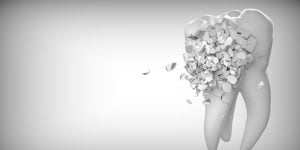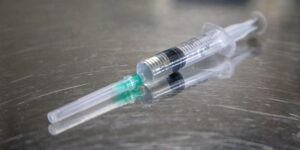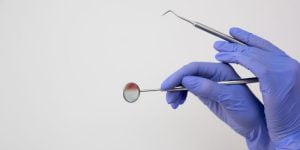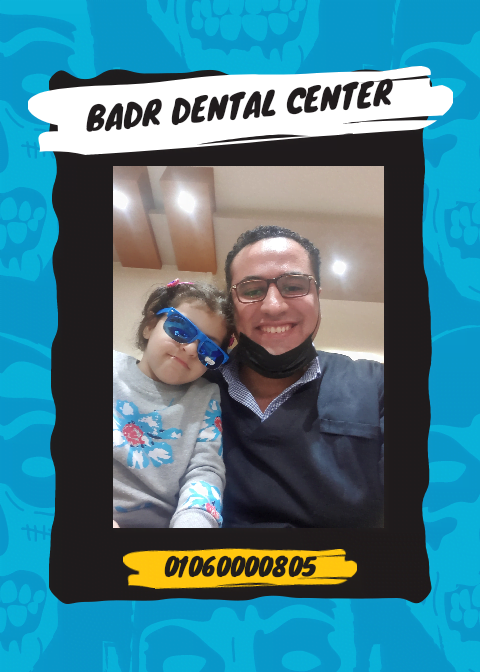A partially impacted wisdom tooth extraction can be a more complex surgical procedure than a regular molar extraction, as the tooth can be partially covered by adenoids, bone, or other soft tissue.
Extraction of a partially impacted wisdom tooth requires special surgical skills and medical expertise in dealing with this type of molar. The procedure can be performed using different techniques, such as the cutting, incision or electric shock technique.
A partially buried wisdom tooth extraction is usually performed under local anesthesia, and the patient may need general anesthesia in some cases. After the area is numbed, an incision is made in the gums to reach the partially buried molar and carefully remove it from the surrounding bone. After the procedure, the area is sterilized and cold compresses are applied to reduce pain and swelling.
The patient may feel some pain and discomfort after the partially buried wisdom tooth extraction procedure, so it is usually recommended to avoid hard, hot and cold foods, smoking, and rinsing with salt water.
Patients should consult with a dentist to assess the condition of partially impacted wisdom teeth and to determine the necessary procedures, and to determine the potential risks and benefits of the procedure. Other treatment options, such as dental or root fillings or other restorations, are determined according to the condition of the teeth and the opinion of the dentist.








